Romantic Irony: Reopening Exhibition
Past exhibition
新闻稿
ARARIO GALLERY Seoul finally re-opens on 1 February 2023 with its new space after a year of preparations for relocation and renovation. The gallery’s new location, moving from the former space in Sogyeok-dong, Jongno-gu, will be at Wonseo-dong, the site of the previous Gonggan-Saok, where the current ARARIO MUSEUM in SPACE is situated. Jo Nagasaka, a world-renowned architect of Schemata Architects, Japan, has designed the new gallery space.
Schemata Architects has renovated the existing building from the basement floor to the 6th floor, aiming not to create something entirely new but to maintain the previous building structure and materials, including the brick exterior of the outer wall. The focus is on creating a building that harmonizes with the existing Gonggan-Saok architecture by KIM Swoo-Geun. As a result, like the contrast between the old Gonggan-Saok building and the new glass building, ARARIO GALLERY Seoul’s black exterior creates a stark contrast with the bright white cube interior, which has been recreated into a new attractive space.
ARARIO GALLERY Seoul’s first exhibition of 2023 commemorates the re-opening of its new space by presenting the first group exhibition, Romantic Irony, which will show five represented artists, each of whom has had a longstanding relationship with the gallery; GWON Osang, LEE Dongwook, KIM Inbai, AHN Jisan, and NOH Sangho.
The exhibition is based on the methodology of German romanticist Friedrich von Schlegel’s theory of ‘romantic irony,’ a type of philosophical reasoning that affirms and illuminates the transformative process of bridging polarized stances. Said process must be seen as an attempt to reach beyond expected turns or ironic effects. Many artists would side with this approach, attempting to shape the rigorous and infinite reflections that defy set answers or results into artistic output. Romantic Irony hopes to capture the essence of its theme and its reflective attributes through the works of five artists, GWON Osang, LEE Dongwook, KIM Inbai, AHN Jisan, and NOH Sangho. The new gallery building, from the basement to the 6th floor, utilizes as much of its original structure. For this exhibition, each floor has been dedicated to one artist. While the exhibition spaces exist from the basement to the 4th floor, the private space on the 5th floor will be open to the public for the inaugural exhibition, providing visitors with an opportunity to enjoy the beautiful view of Changgyeongung Palace and Wonseo Park as well as selected works for the show.
Opening the exhibition, GWON Osang introduces various formal experiments he has been focusing on in his ‘photographic sculptures.’ His formerly concrete figures move closer to bordering on the abstract in recent works; both appear, however, to share his drive to explore spatiality and pursue extreme sculptural beauty. The seven exhibited pieces are notable in that they uniformly simulate and thereby pay homage to Henry Moore’s sculptures, exploring the singularity of the human body based on abstract form and organic composition. GWON completes his formative aesthetics of seeking morphological and exterior beauty by appending consecutive image collections and playful collages to the embodied surface. The exhibited works, as a result, fully express GWON’s brand of sculptural appeal wherein figuratively emergent spatial beauty and image aesthetics come together. The exhibition also features two busts in addition to the pieces that derive from Moore’s sculptures. Moving away from realistic touches, GWON has been delving into human figures in his series of late to embrace a more abstract style. The busts show GWON’s interest in the autonomy of sculptures and expanded expressions, inviting the viewers to consider formative elements and principles that anchor space and expression instead of focusing on simulative approaches.
LEE Dongwook introduces a total of eight new pieces. LEE’s works present the entirety or parts of a small nubile human figure that represents the artist himself, usually about 15cm in height, around whom various situations or structural conditions unfold. While featured discretely, the eight pieces transform the exhibition space into a singular artwork through the curious tension that ties them together. At the center sits a rough structure reminiscent of a slide, presenting an appealing combination of the aluminum’s cold sheen and pink skin-like materials; this piece questions the indivisible, congenital intimacy and the powerful bond between humans and the varied artificial structures that encase them. In addition, each of the works surrounding this centerpiece features tiny incarnations of LEE’s self, tightly wedged into the construction material of aluminum honeycomb panels. Some are barely holding on, trapped in a precariously balanced structure. The exhibition highlights LEE’s signature brand of primary aesthetic pleasure and tranquil reflections on human nature through the tensions that arise from the installations, wherein the cold yet intimate coexistence of artificial structures and their makers stand besieged by myriad human figures.
KIM Inbai’s exhibition space starts with a presentation of his own exhibition title, Fog. The number of artworks that it comprises, however, is ironically four. Opening up with the incongruous numbers of titular three and constitutional four, with the enumerable count of three assigned to the innumerable noun of the fog and its visible yet nebulous nature, KIM’s space induces confusion from its very onset. KIM asserts that his featured works uniformly speak of ‘contact,’ ironically involving objects and experiences that defy the very act of connection. Fog; a sculpture made of plywood pieces that stretch up from the floor to the ceiling, 5.6 meters high; Mirror; the exterior and interior exist as a singular plane seen from front and rear; Metamorphosis, two propellers each shaped formally and informally, respectively; and Blackboard and Chalk, the chalkboard is made of the ingredients of chalk, and vice versa. These four works contain KIM’s thoughts on ‘contact.’ Through KIM Inbai’s unique method of expression, which disrupts the cognitive system of viewers by interfering with existing methods or specific relationships, KIM’s works are concerned about the various points that cannot always be seen at a glance where blind spots inevitably arise, and it throws a critical mind with questions about relationships that are together but cannot be together.
AHN Jisan’s works go a step further from his longstanding focus on the view of rocky mountains in torrential rain, imagining the new setting of a snowstorm. The stormy snowstorm of a landscape that AHN visualizes to depict our kind’s encroaching anxiety in the self-induced situation is still desolate and dramatic. Hunting and collecting are the most natural parts of the ecological cycle, but they are still the most dramatic moments that encapsulate maximum fear and tension. As such, AHN’s canvas is reminiscent of German Romanticist painter Caspar David Friedrich’s (1774-1840) landscapes, replete and sublime with the romantic spirit. While firmly based on the descriptions of visible sceneries and impressions as in Friedrich’s landscapes, AHN’s painting goes a step further to unleash a torrential reserve of angst, dread, and awe. Ultimately, in openly portraying and marveling at the inhuman magnitude of the natural sublime, AHN’s new series speaks of the cyclical dynamic between humans and nature through the mutual act of hunting and collecting and what this relationship further suggests. Whereas his previous series positioned clouds as objects of regard and desire, deer as prey take center stage in the snowstorms. The canvas bursts with the duality of positive affirmation and pessimistic resignation, embracing the cyclical dynamic between humans and Nature.
NOH Sangho introduces his new series ‘Holy’ in the exhibition. Unlike in his previous works, NOH foregrounds hybrid images that straddle the digital and actual, exposing the results to reflect their phenomenological implications. Virtual digital images originate from reality, and their users reside in the real, but the method of consumption or subsequent reactions diverge across the two worlds. In his new series, NOH presents the varied aspects of hybrid images that exist across the digital and actual yet preserve unique identities through the most traditional medium of painting. As in his previous series, NOH methodologically foregrounds his thematic interests by grafting cutting-edge, AI-powered digital imaging techniques to the most classical painting approaches. First, NOH composes the screen with copyright-free 3D images, then generates specific images using an AI image generator. The resultant images are always square-shaped, occasionally leading to curious developments such as duplicate horses. Moreover, his new series departs from previous works in that he mainly uses the airbrush, rendering the materiality of his painting materials visually conspicuous. NOH’s persistent effort to capture the unique qualities of digital images on the analog canvas through the airbrush’s boundlessly flat touches while adding substantive materials such as special paint or plaster to ensure thickness showcases his interest in the production and consumption of images in the digital age.
出版品
展览现场
作品
新闻
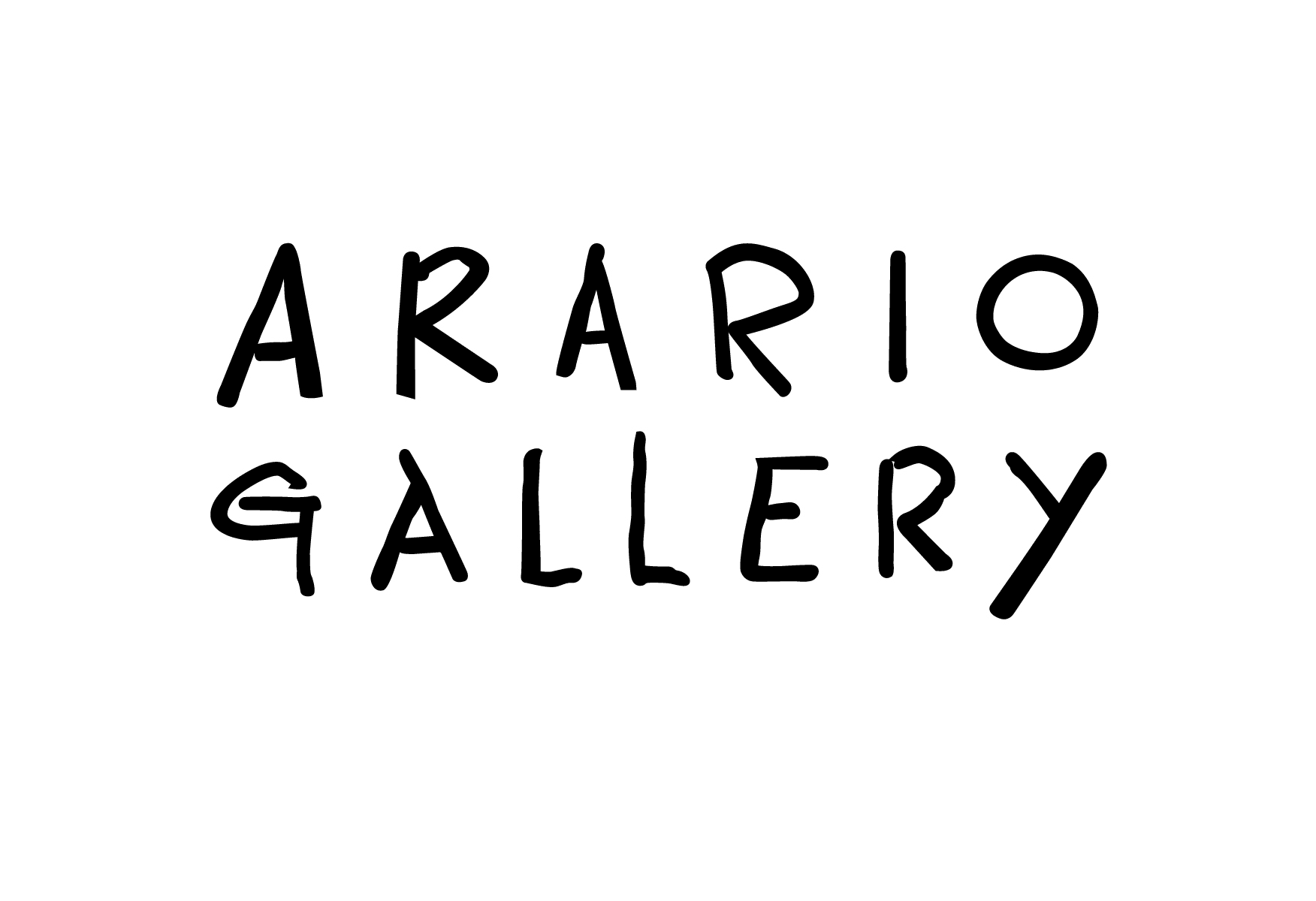
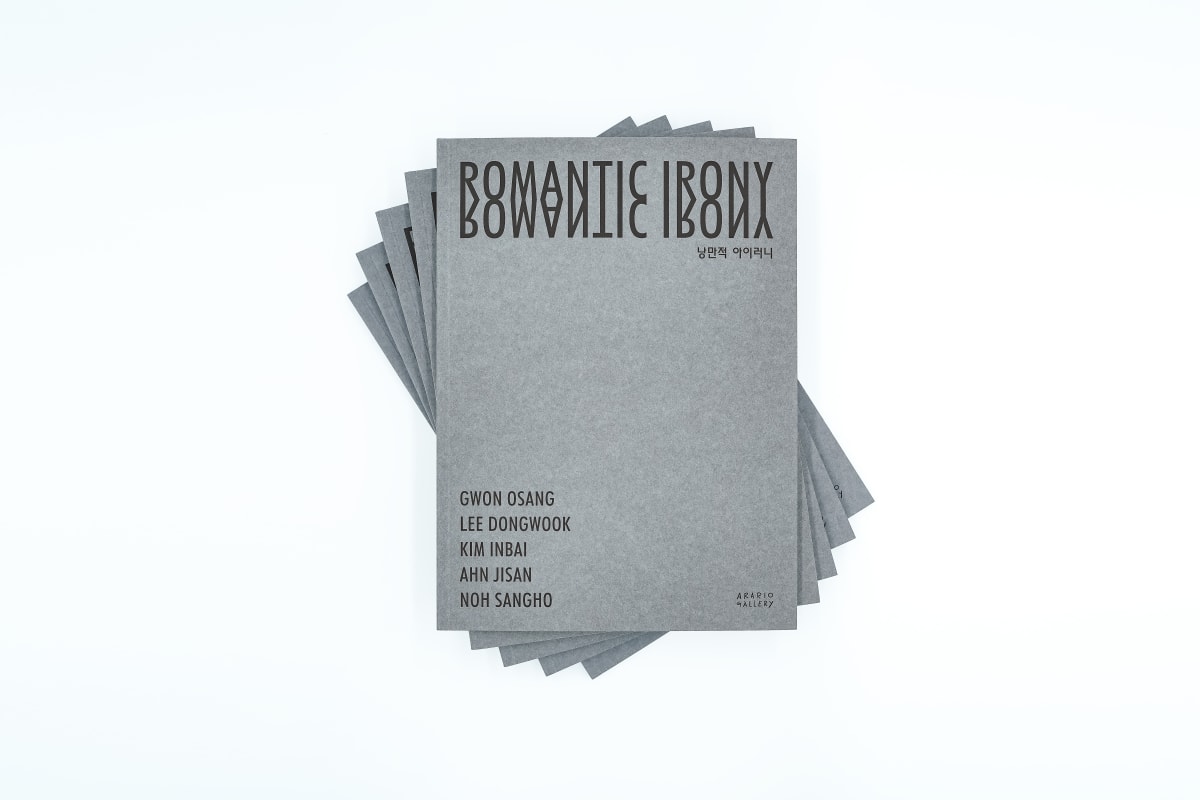





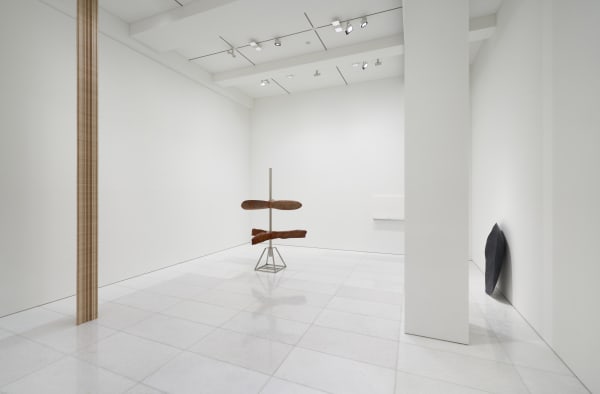









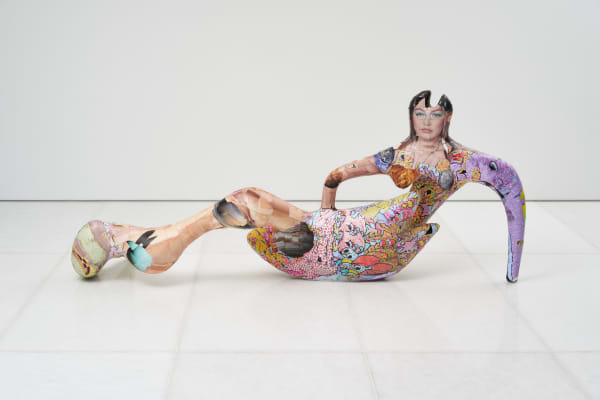






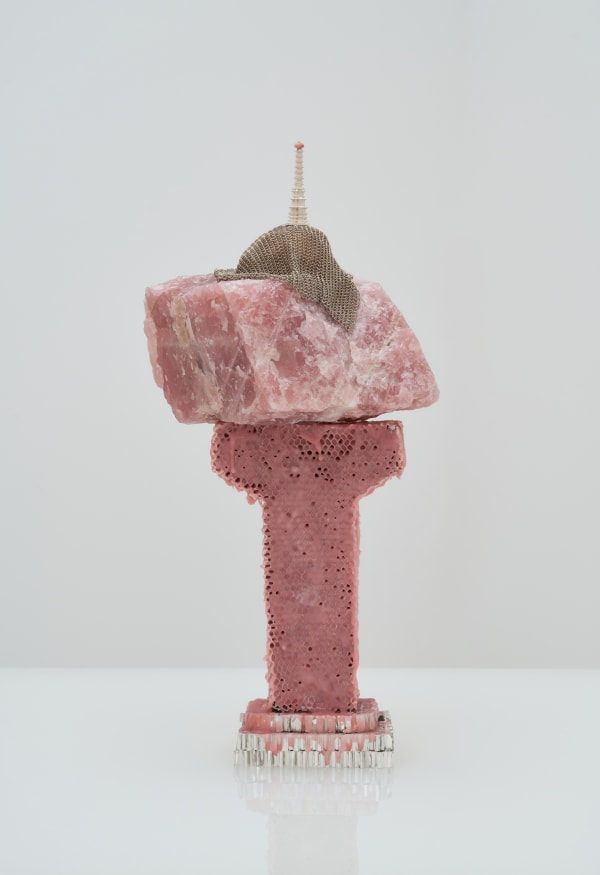
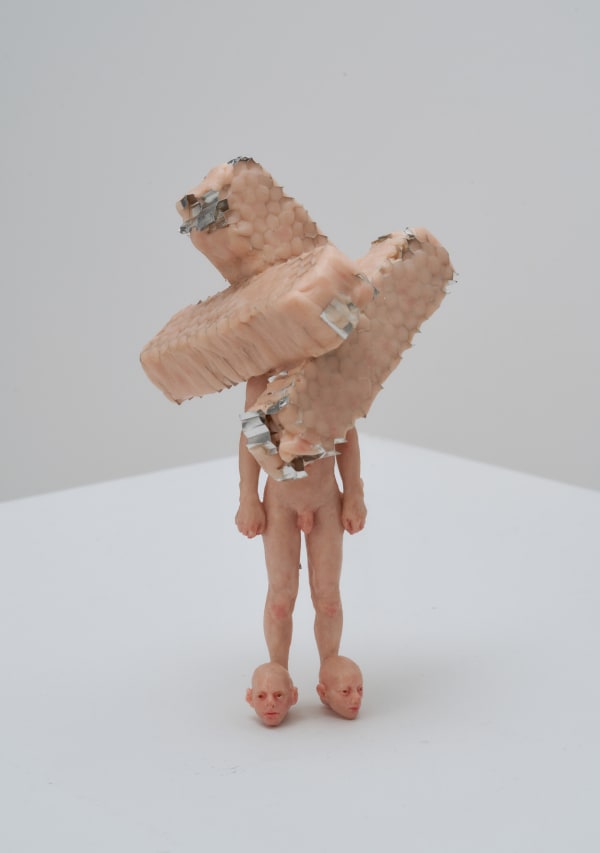
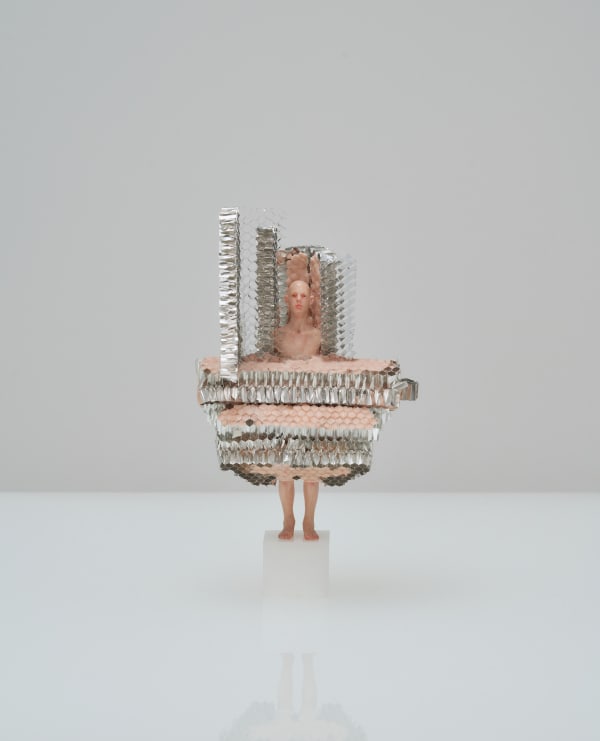




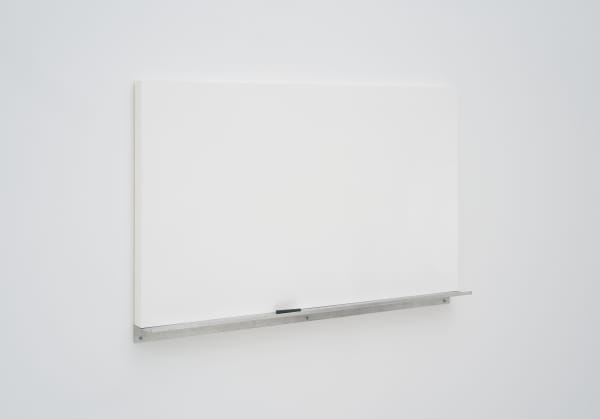



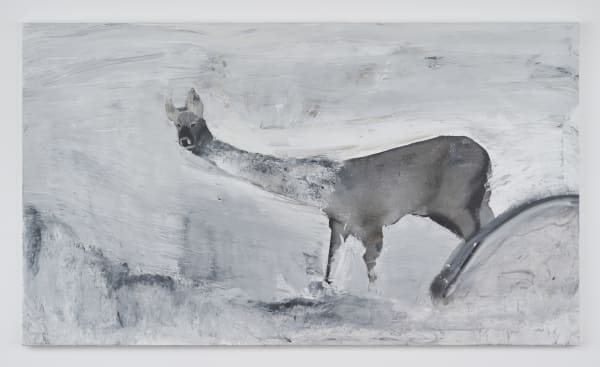

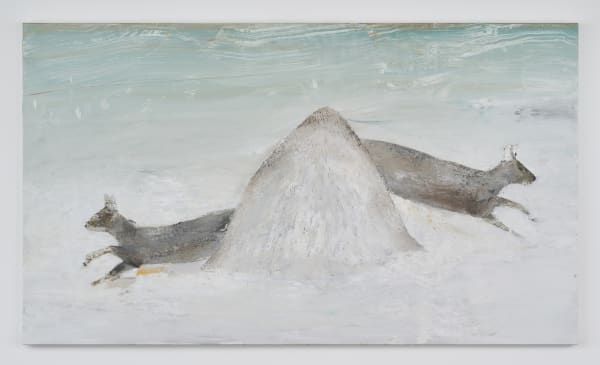



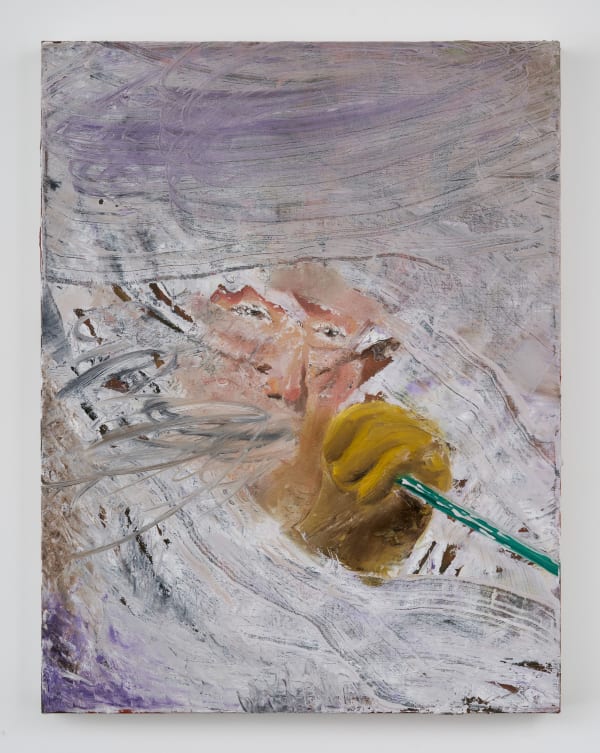


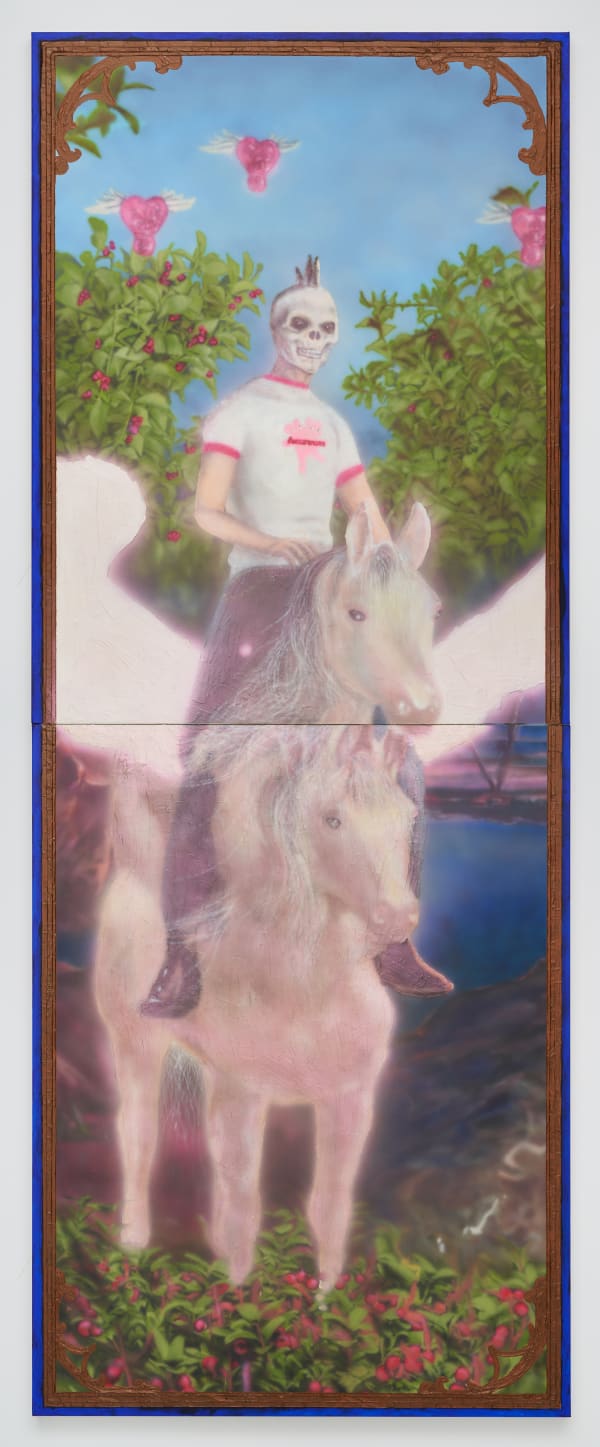










![[News] The Material Metamorphoses of Inbai Kim](https://artlogic-res.cloudinary.com/w_1200,c_limit,f_auto,fl_lossy,q_auto/ws-arario/usr/images/news/main_image/430/230815-songeun-panorama-exhibition-61web_720_0.jpg)




